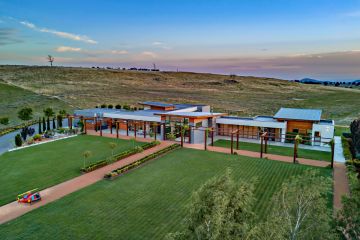Australia's housing market: Latest property trends. Will prices drop? And how to find the best suburb
The state of the Australian housing market is a topic of endless discussion and debate around the office cooler, dinner table and in the halls of parliament.
Housing affordability in particular is now a major concern for many Aussies struggling to find a way onto the property ladder.
At any given time, there are many factors influencing property prices and the broader housing market, including global and local economics, housing legislation, tax policies, development incentives, migration and demographic changes, and lending conditions.
Where is the Australian property market heading?
The Australian property market is continuing on a growth trajectory in the face of ongoing economic headwinds.
Property prices defied expectations in 2023 when they went up over successive quarters, against a backdrop of high inflation, rising interest rates, reduced borrowing capacity and increased cost-of-living pressures.
Recent figures showed house prices fell modestly in Melbourne in the first quarter of this year but rose in Sydney and all other capitals except Darwin. House prices are higher in every capital than they were in early 2023, according to Domain data.
The growth in house prices has slowed in most capitals, suggesting the wider property market may be losing some of its momentum.
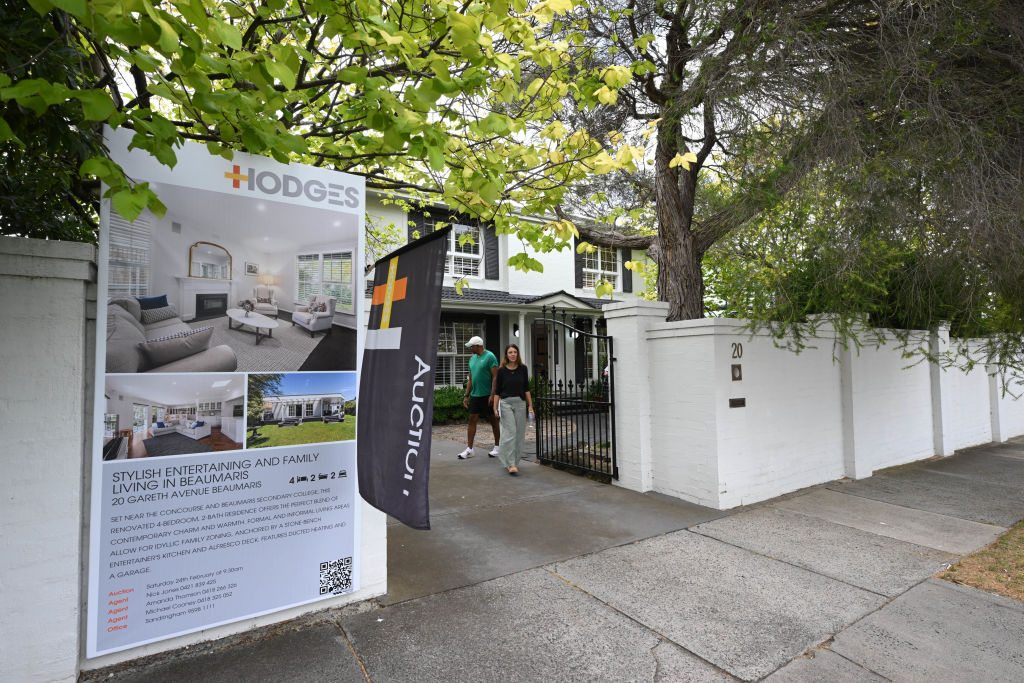
However, experts say the underlying fundamentals of the Australian property market – a chronic undersupply of new housing, strong population growth and a tight rental market – will continue to bolster demand.
 Could Sydney ever become the least affordable real estate market in the world?
Could Sydney ever become the least affordable real estate market in the world?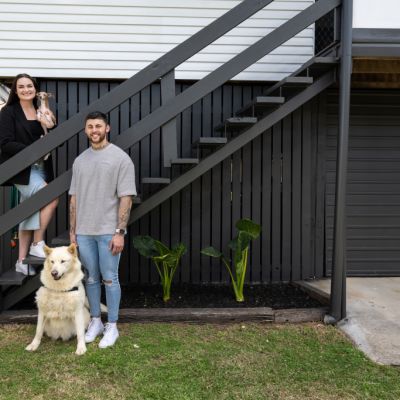 Australian house prices hit record high of $1.113 million
Australian house prices hit record high of $1.113 million Renovated family homes for sale with no money to spend, for less than $1.5m
Renovated family homes for sale with no money to spend, for less than $1.5m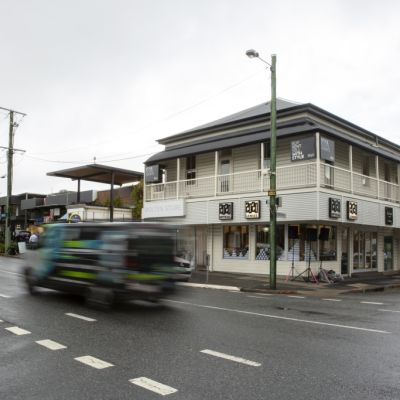 Best-value suburbs in Australia? Affordable suburbs close to the CBD where prices start at just $190,000
Best-value suburbs in Australia? Affordable suburbs close to the CBD where prices start at just $190,000 Prices were supposed to go down, but they went up
Prices were supposed to go down, but they went up
With new dwelling approvals plunging to a near 12-year low after trending downwards over the past two years, housing supply will continue to be constrained in the near future.
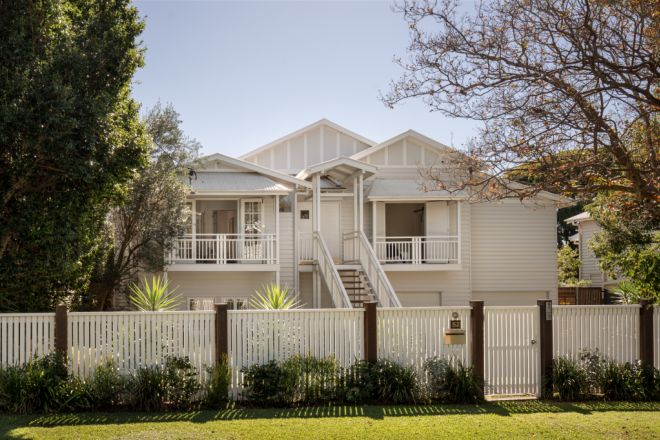
A decision by the Reserve Bank of Australia to cut the cash rate could stimulate housing activity, while an increase in the cash rate would likely have the opposite effect.
AMP chief economist Shane Oliver says many buyers in the market now depend on other sources of finance than home loans, such as family help or cash.
“I do wonder if interest rates stay at these levels indefinitely – even if the housing shortfall continues, which it probably will – whether the buyers who have been propping it up run out,” he says.
How do I get into the Australian housing market?
Finding your way onto the property ladder is by no means an easy feat, and buying your first property can be a daunting process.
Domain has a handy first-home buyer’s guide that covers the basics, such as understanding finance language, how to set a budget and the process of securing a loan.
But first, you will need a deposit. There are several ways you can buy without a full 20 per cent deposit. It’s possible – and somewhat common now – to buy with just 10 per cent, or even 5 per cent, but it’s critically important to understand both the risks and rewards of such an approach.
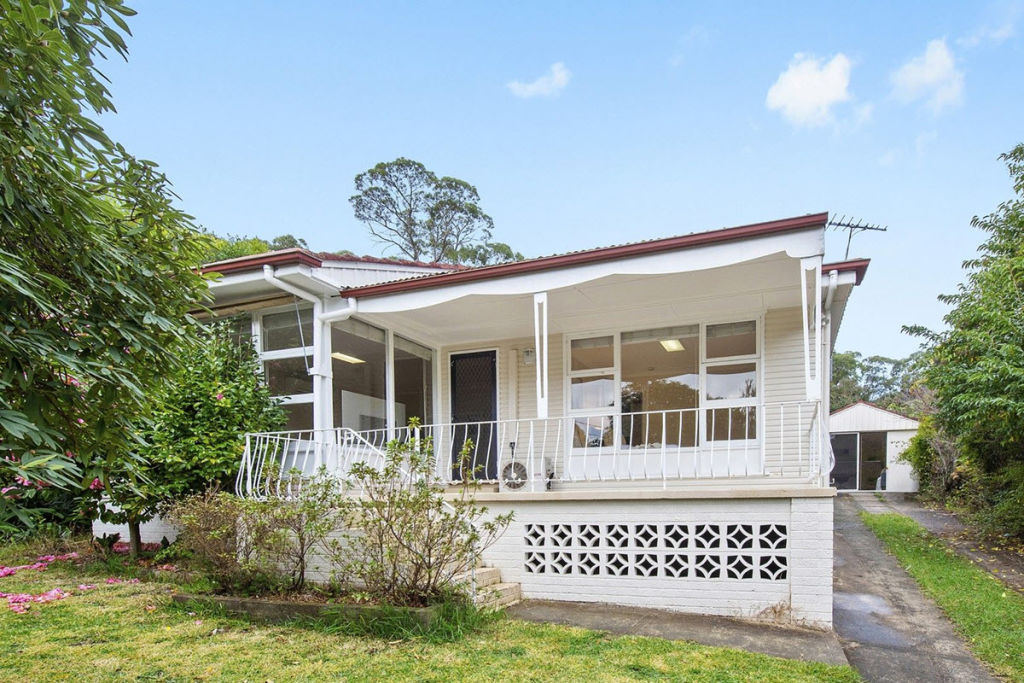
For lower deposit amounts, banks can offer lenders mortgage insurance (LMI), which is insurance for the bank in case you default. You may have a parent who would be willing to act as guarantor using equity they have on their own property, or you may be able to access one of the government grants, schemes or discounts.
Financial adviser Jessica Brady recommends becoming clear on what you can or can’t do in the housing landscape. Consider “rentvesting”, buying in a bridesmaid suburb or teaming up with a sibling or friend.
Seek pre-approval before you start your property search, so you know your limit and are able to move fast, if needed, to secure a property. You can obtain pre-approval from a lender or mortgage broker.
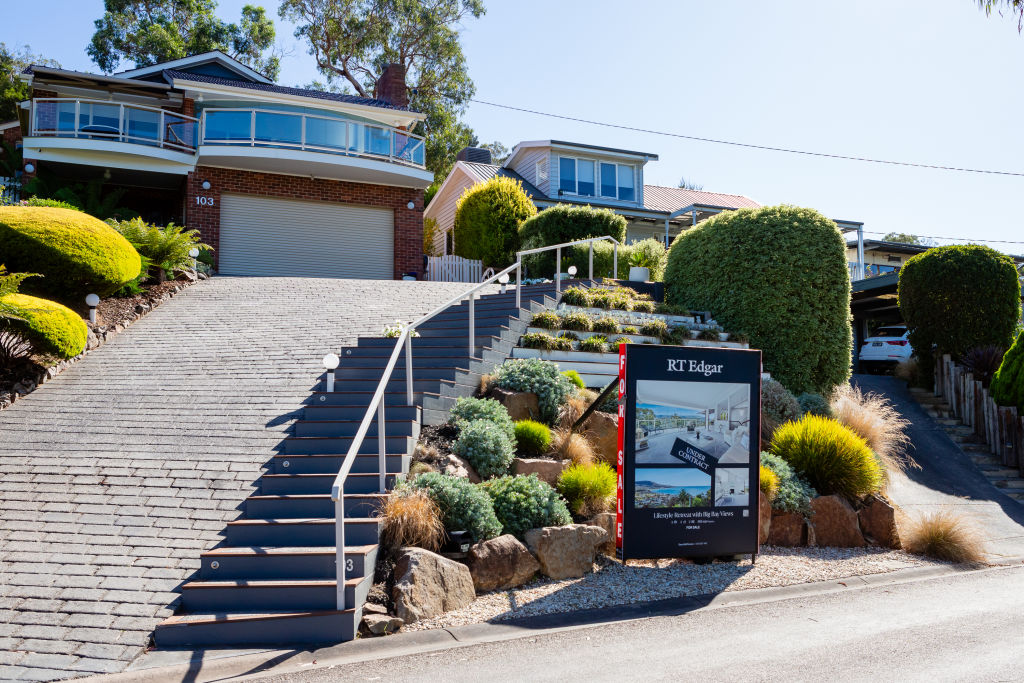
It can be helpful to speak to a mortgage broker early in the buying process, as they can advise you on savings strategies and tell you what banks are looking at when approving loans.
Once you have pre-approval, it’s time to create a buying brief (your location, budget, preferred property type, “must-haves”, “nice-to-haves” and immediate red flags) and start researching and inspecting properties. Find recent sales in your price range and in your preferred areas, and modify your brief as necessary.
Will house prices drop in 2024?
The capital-city housing market was mixed in the first quarter of the year. While house prices reached record highs in Sydney, Brisbane, Adelaide and Perth, they slipped in Melbourne and Darwin. The combined regional median house price also fell one per cent over the quarter.
The overall rate of house price growth appears to have slowed down in recent months, with the market losing some of its momentum. Cost-of-living pressures, high interest rates and reduced borrowing power have undoubtedly weighed on buyers.
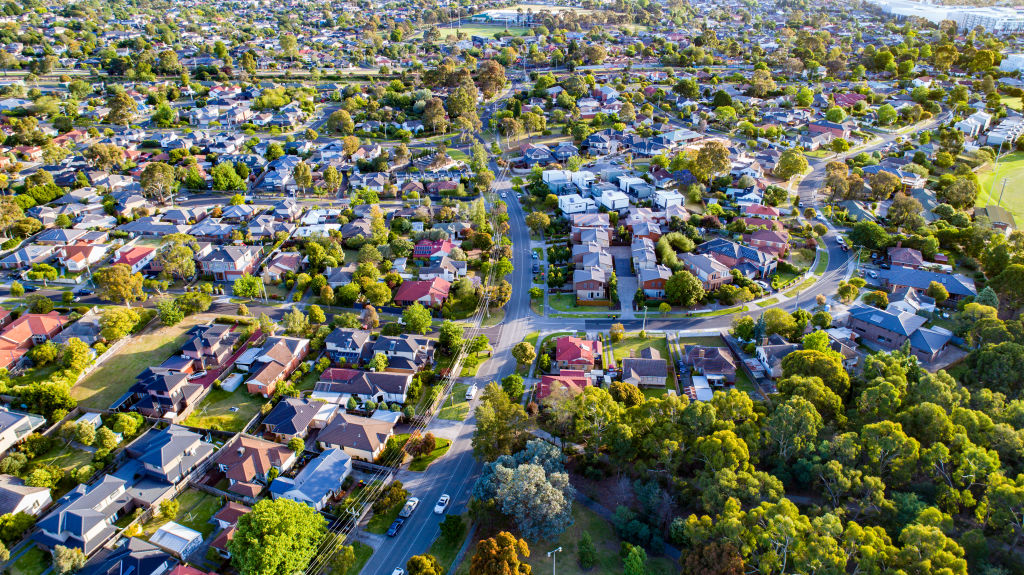
“Quarterly gains are about three times slower than the previous quarter and are now below half their historic average,” says Domain chief of research and economics Dr Nicola Powell.
But it is unlikely that will translate into significant price falls this year, she adds.
“Prices are still rising, and what it showcases is the lack of supply that we have across Australia – and when you throw forward and think about building approvals at a 12-year low, that undersupply will continue to feel pain and place pressure on pricing.”
How do I find the best suburb to invest in?
Deciding on the location of an investment property is a hugely important part of the investment process and your overall strategy. The property’s location needs to suit your goals and budget, and tick the right financial boxes.
Many new and experienced property investors choose to gain the advice and guidance of an industry professional – such as a buyers’ advocate – when searching for the best suburb to invest in.
Even on a first-home-buyer budget, there are still plenty of locations across the country to choose from.
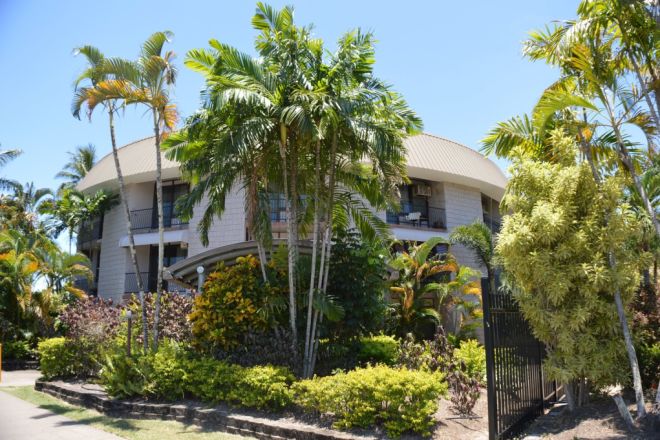
Property Mentors chief executive Luke Harris says investors should look far and wide for potential properties, and not be deterred if they are in another region or state.
“Driving past it is peace of mind for some people,” he says. “But that’s why you have a property manager – you hire an expert and let them do their work. Take the emotion out of it. Buy in the suburb it makes sense to invest in.”
When looking at prospective suburbs, dive into the data. If it’s capital growth or rental income that you’re prioritising, look at a suburb’s current and historic median house and apartment prices, as well as recently sold properties. Median rental prices can help you estimate the income a property could generate, while rental vacancy rates can indicate if the local rental market is weaker or stronger.
Domain releases house price reports, rental reports and other relevant data for property investors.
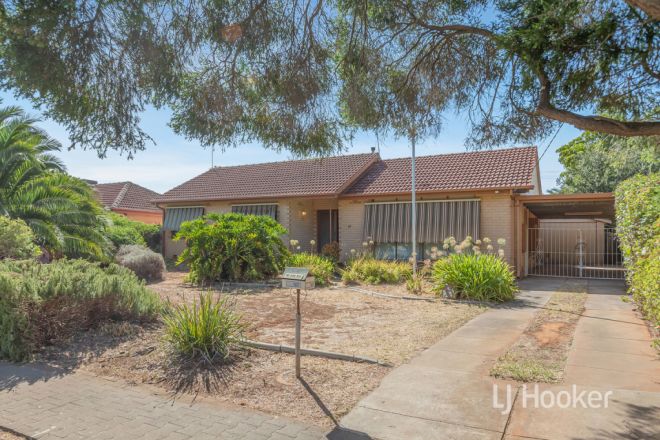
Consider local amenities such as schools, shopping centres, parks and healthcare facilities – which can all boost the desirability of a rental property, as well as its value. For example, suburbs close to hospitals are appealing due to the large workforce likely to be seeking homes close by.
It is also important to enquire about any future development plans in the area and how they might affect your property.
Why are Australian house prices rising?
Property prices have defied stretched affordability and high interest rates largely because demand has continued to outstrip supply.
“We’ve seen strong, strong rates of population growth run headfirst into an undersupply of housing and an extremely tight rental market,” Powell says.
New building approvals have fallen to a 12-year low amid rising building costs and planning delays.
Experts have also noted that recent buyers were likely to have equity, cash or family help.
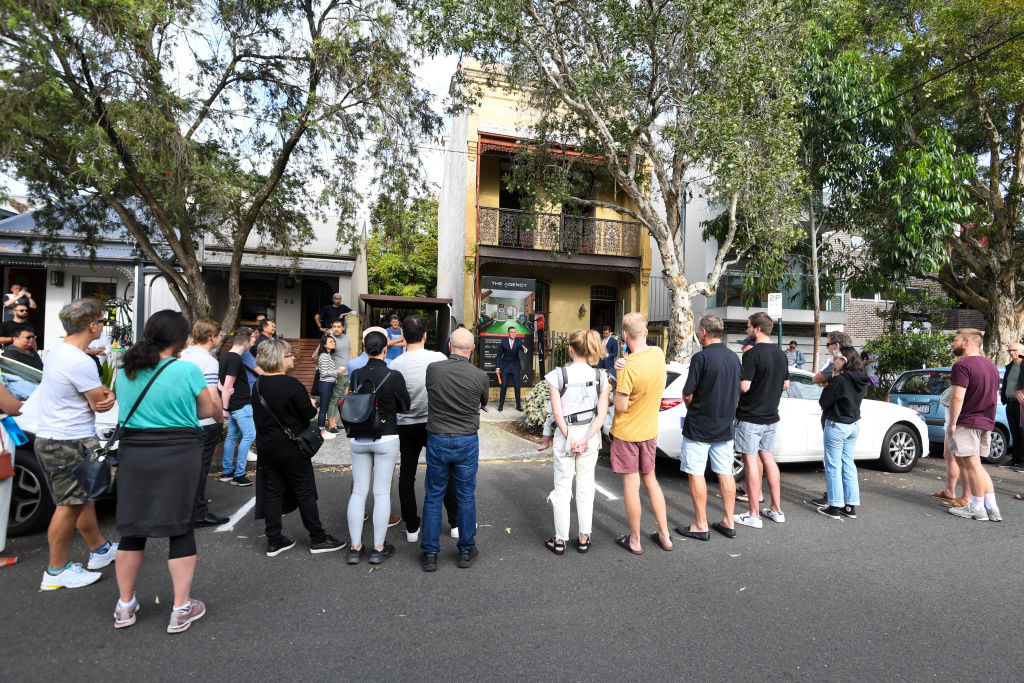
“The average household is no longer able to afford the average home, so what you’ve seen is home buyers are skewing much higher income and much higher wealth,” says Jarden chief economist Carlos Cacho.
Almost a third of CBA’s home borrowers now have a combined income of above $200,000, he says, while there’s a shift towards buyers who have larger deposits and a drop in low-deposit buyers.
“A lot of that would be intergenerational wealth transfer,” he says.
We recommend
We thought you might like
States
Capital Cities
Capital Cities - Rentals
Popular Areas
Allhomes
More







